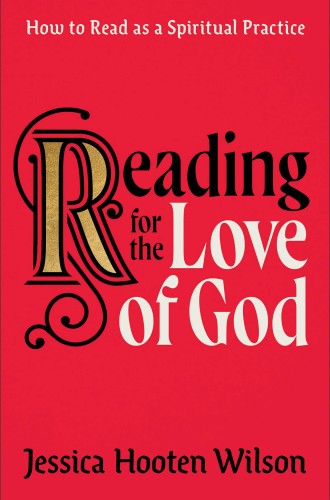Christians should read books
Jessica Hooten Wilson helps us to see reading as a form of holy play.
Although contemporary debates focus mainly on what we should and should not be reading, it’s just as important to ask why and how we read. Eugene Peterson said that putting the Bible in someone’s hands and saying, “Read it!” is as foolish and dangerous as handing car keys to an adolescent and saying, “Drive it!” With this in mind, Jessica Hooten Wilson invites Christians to return to their bookish roots and recover reading as a spiritual practice. We must return to the love of books, she argues, and not just the books of the Bible. Reading books of history, poetry, rhetoric, and narrative trains us to read and interpret the same genres found in scripture. And by reading scripture, we become more capable of seeing God’s beauty revealed in nonreligious texts. In all of this, the practicing reader develops greater capacity to read and interpret the world.
Wilson makes several arguments for why reading can be a good spiritual practice. It’s not that reading books will save your soul or transform you into a good person. But like other spiritual practices, reading can train you in the virtues, encourage sanctification, and elicit love for the things that are noble, admirable, and beautiful. Wilson rejects a utilitarian approach to reading that only entertains or checks off boxes on a list of great books. This is a misuse of literature, she claims. Instead, the ultimate end or goal of reading ought to be the cultivation of a deeper love and enjoyment of God. Even literature that doesn’t seem spiritual on the surface can still embody the beauty of God and is thus worthy of our attention.
Literary theorists believe reading can engender empathy and greater understanding of others. Wilson encourages us to enter into the story of characters unlike us, to engage reading as a practice that expands our worldview, thickens our empathy, and increases our capacity to love. Though she stops short of addressing contemporary debates about what should and should not be on library shelves, Wilson advocates reading texts that challenge our assumptions and pull off the “snuggly blanket” of comfort. With frequent references to Ray Bradbury’s Fahrenheit 451, Wilson subtly aligns herself on the side of academic and literary freedom.





